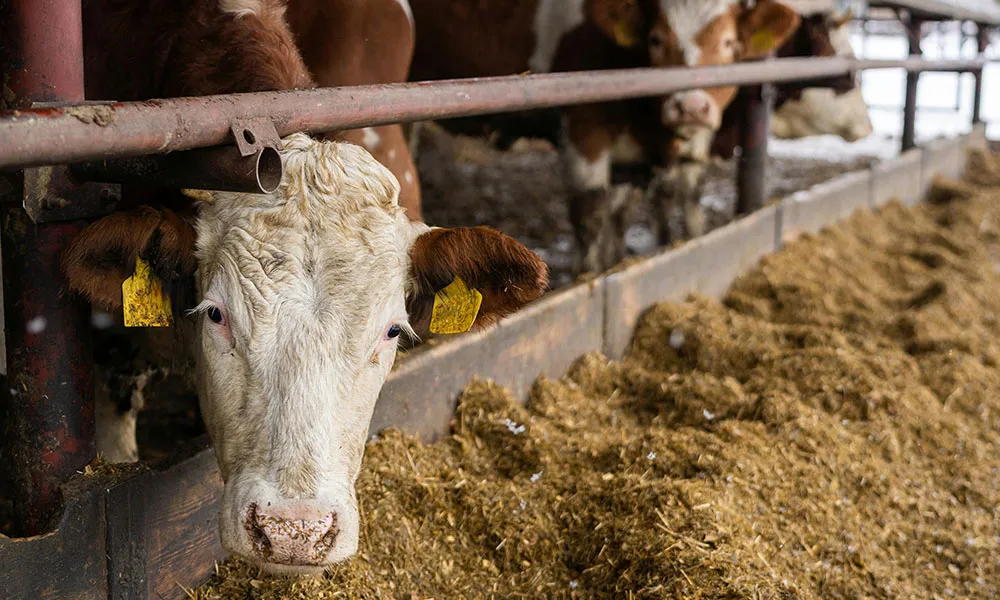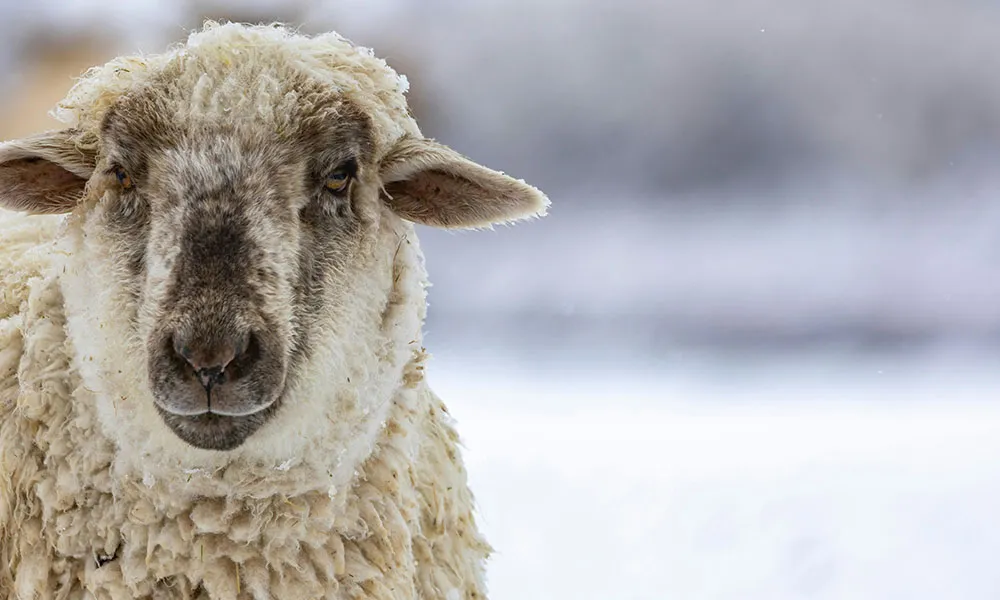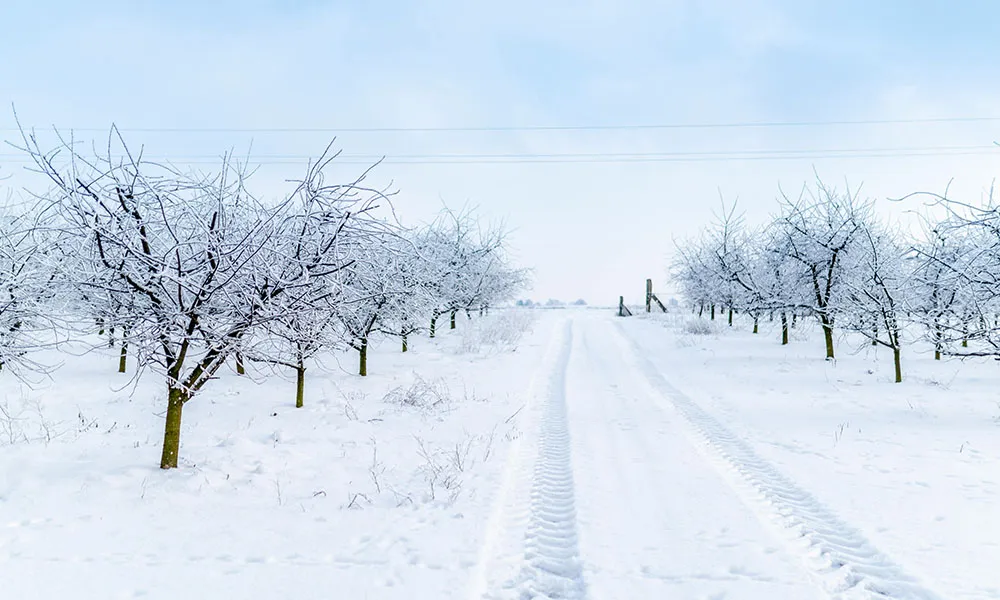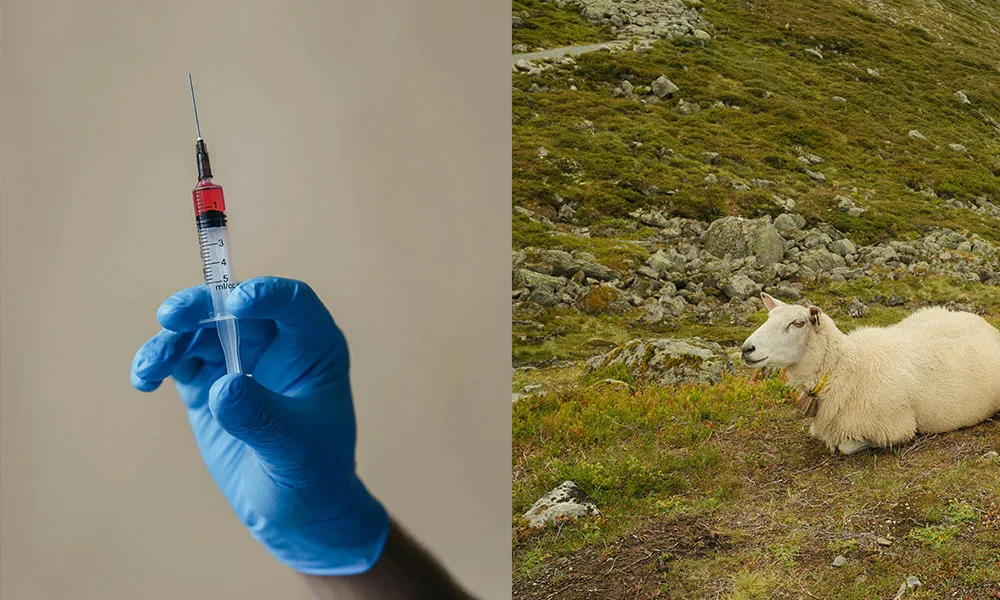
Last time we talked about how to prepare for calving, from getting your calving kit and housing ready, to the actual birth.
Once your calf is born, and the mother cow has licked them to get circulation going, you need to ensure that they get colostrum into them ASAP.
Whether you let them suck or milk it for them, it is vitally important if you want a healthy calf.
Nothing is more important for calf health and it will set them up for life.
You will need to get between three and four litres into them in the first two hours, when the gut wall is permeable and the vital antibodies can pass directly into the blood stream.
If for some reason you can’t get the cow’s colostrum, or if she’s a heifer with little to give, then you should have an alternative like Volac Calf Volostrum or Auctus Superstart colostrum ready to go.
Research from the University of Arizona showed that
calves fed four litres of colostrum as opposed to two litres at birth showed
30% higher growth rates,
2263 litres more milk by their second lactation and
16% higher survival rates to their second lactation.
It should also be noted that if you have a vaccination programme, in place then you may be wasting money if you don’t get colostrum, with those anti-bodies, into the calves.
Once you have your calf past the first twenty four hours and still healthy, the chance of survival increases drastically.
As long as your calf pen is clean, dry and well ventilated, and your feeding them correctly with milk or a good milk replacer like Auctus Champion milk replacer, your calves will have a strong chance of survival.
However, if you’ve failed to prepare your shed properly or to clean it out well, for the duration the calves are in the shed you will begin to see problems.
Coccidiosis is a very common disease that both calves and lambs are susceptible to.
If you have a history of it on the farm then it is advisable to invest in some Vecoxan.
One oral dose, one week before a suspected outbreak, based on previous experience, can remove the Eimeria parasites infecting the gut before large numbers of oocysts are shed into the environment. This will reduce the chance of the spread of the disease throughout all your calves.
If you do have a scour problem you can read our previous blog on what to do here.
However if you have done everything to the best practice you should have healthy calves.
Now you will be looking to help them thrive and get maximum gains.
Most people will be looking at feeding for this, and of course this has a huge effect on them.
However what many farmers overlook is the need to keep them warm.
Some farmers have sheds designed specially with a wall or calf hutch separating one corner with extra straw or even an Infra Red Bulb for very young calves.
However if you don’t have such a luxury, then the best option could be a Calf jacket, Cosy Jacket or the Thermoplus jacket.
A study by Harper Adams University found that calves given calf jackets in cold weather between December and February gained an average of 5.3kg more weight in 12 weeks compared to calves that didn’t have any. They found that calves were using less energy to stay warm and were better prepared to fight infections.
Stress is a factor that leads to animals becoming infected with Coccidiosis and other diseases and staying warm can help avoid this. As a result they concluded that even in a fairly mild winter the savings in feed costs and weight gain made the coats well worth the investment.
Another thing that can help your calves thrive is minerals.
You should consider using Growvite calf or the Allsure Calf Boluses, as these are designed to give your calves all the minerals and vitamins they require.
Having the right amount of minerals and trace elements allow the animals to get the maximum out of their food.
If you follow all the steps out lined then you are putting yourself into a very good position to have a healthy heard of calves come the summer.
As my father say’s look after the stock and the stock will look after you.
Best of luck!
RGA










